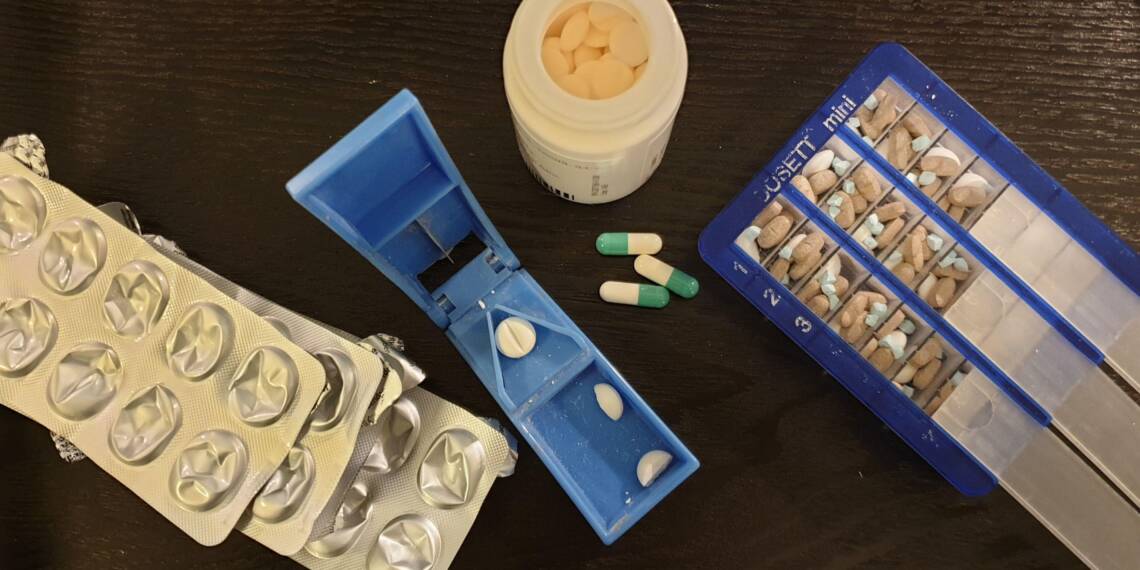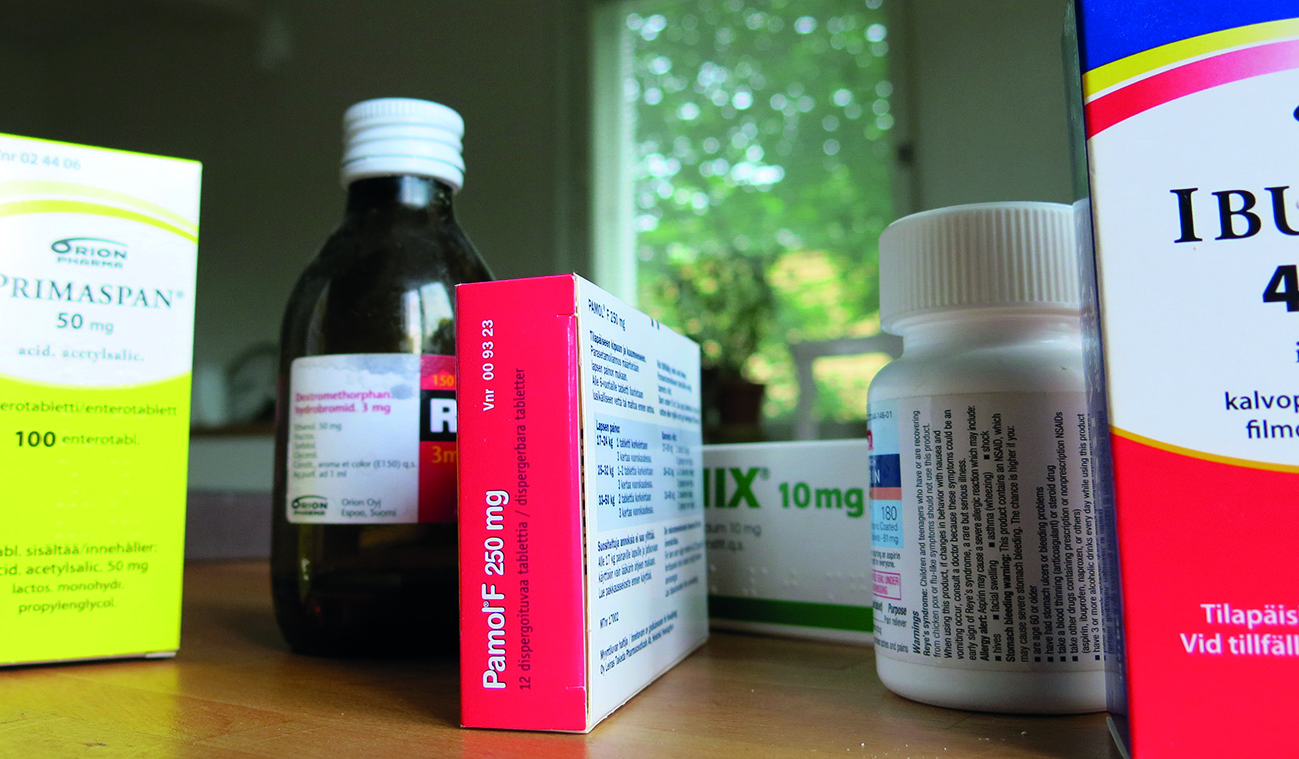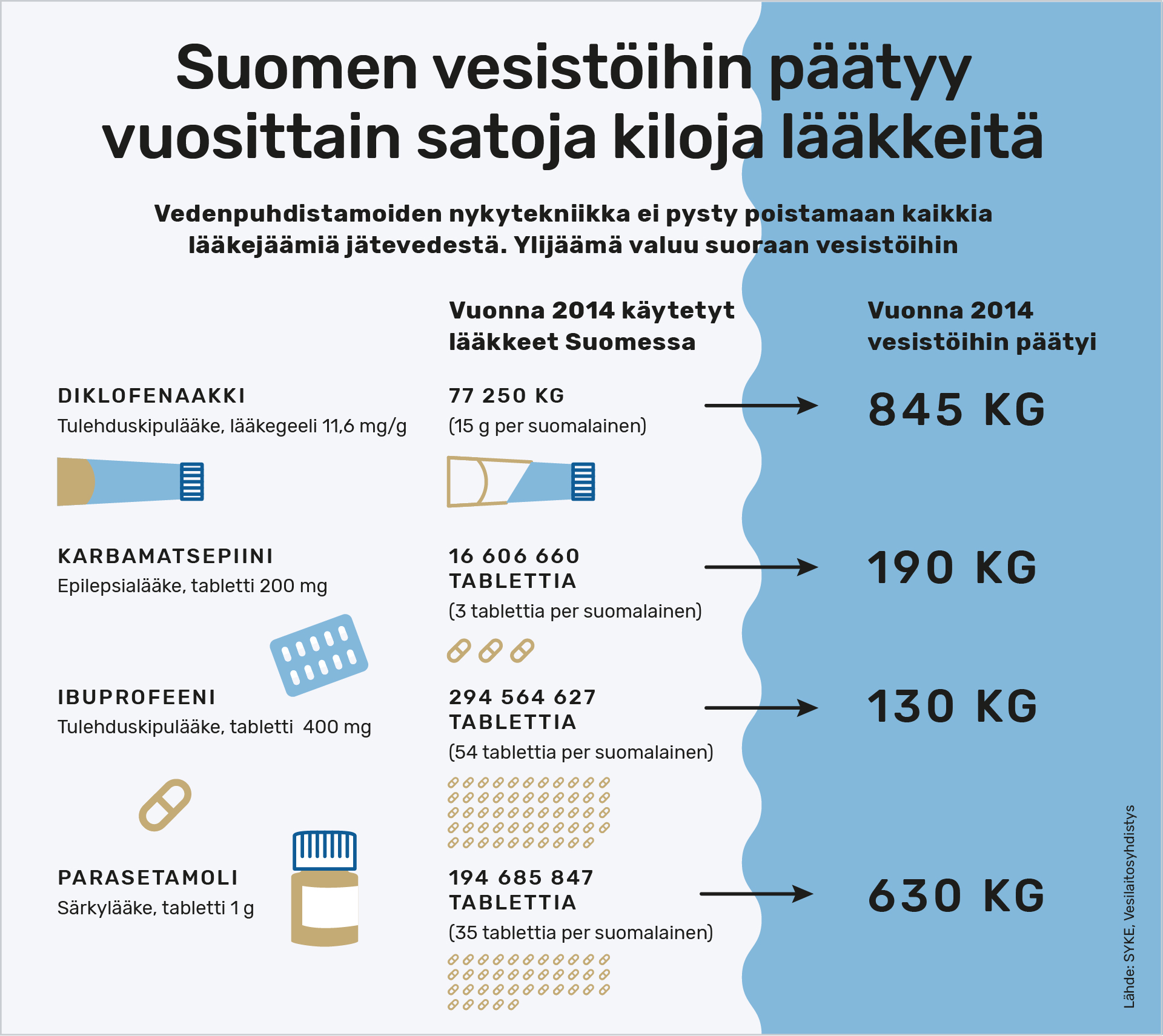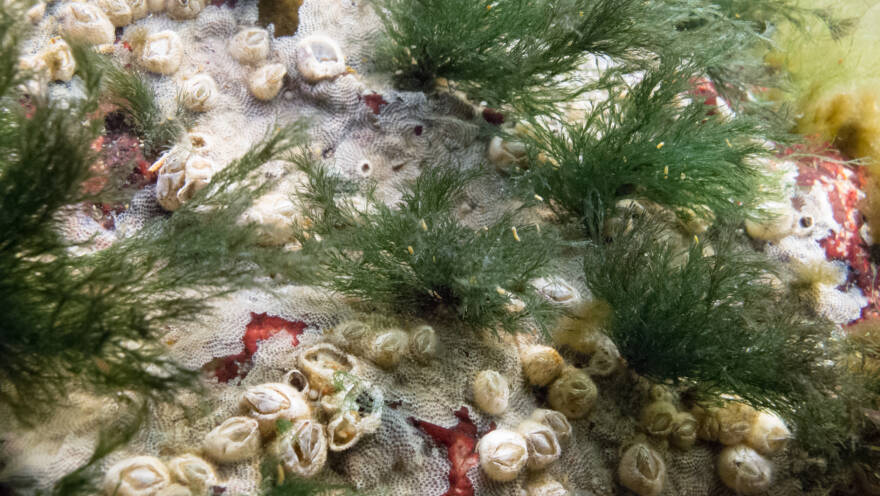
Large amounts of medicinal drugs end up in the Baltic Sea
Pharmaceuticals have been recognised as a significant environmental risk only since the 2000s. The issue has been acknowledged late, even though medicines have been used and have entered the environment for decades.
Pharmaceuticals are compounds used to cure, alleviate, or prevent diseases or their symptoms. They are synthetic compounds that can cause harm to aquatic organisms once they enter water bodies. Since medicines are designed to be effective at low concentrations, they can also affect organisms that are not the primary target of the medication when they enter the environment.
The usage of pharmaceuticals has increased with the ageing population, and their variety is now extensive. An individual pharmaceutical may not necessarily cause problems at low concentrations. However, a mixture of various pharmaceutical residues ends up in water bodies. Especially mixtures or combinations of multiple pharmaceuticals can have significant effects on the development, behaviour, and reproduction of organisms.

Wastewater treatment plants are not designed to remove drug residues
Pharmaceutical residues enter wastewater primarily through the normal use of medicines, as the substances pass through the body. These residues end up in the sea when treated wastewater is discharged into the environment. Hospitals, the pharmaceutical industry, and veterinary medicine can be significant sources of emissions locally or regionally.
Pharmaceutical residues in wastewater are transported to municipal wastewater treatment plants, which are not traditionally designed to remove pharmaceuticals. The removal efficiency of conventional activated sludge plants varies depending on the pharmaceutical. Some medicines degrade or transform into another form, and some bind to the sludge. However, some pharmaceuticals pass directly through the treatment plant into the sea. In treated wastewater, the concentrations of some pharmaceuticals are typically several times higher than what is normally observed in the environment.

Painkillers, heart medicine, antiepileptic drugs – all can be found in the sea
Active substances from anti-inflammatory drugs, cardiovascular medications, and central nervous system drugs are detected in wastewater and the environment. Pharmaceuticals are found not only in water but also in aquatic organisms. For example, blue mussels growing near the discharge pipe of the Viikinmäki wastewater treatment plant have been found to accumulate a range of well-known pharmaceuticals, including diclofenac, ibuprofen, and ketoprofen.
Compared to many other chemicals in use, there is relatively good information on the sales and use of medicines. However, much less is known about the amounts of pharmaceutical residues in water bodies. Even less is known about their fate and effects in the environment.
How can you make a difference?
Buy medicines only as needed and in the quantities you require, so that they do not go unused.
Take expired or otherwise unused medicines to a pharmacy, where they will be properly disposed of. They should not be thrown into the toilet or the bin. If medicines are flushed down the toilet, some of them will end up in water bodies through the wastewater treatment plant.
Monitoring of pharmaceutical residues is about to begin
Emission limit values have not yet been set for the amounts of pharmaceuticals in treated wastewater. Currently, pharmaceuticals are not regularly monitored or observed in the aquatic environment, but this is changing.
The new EU directive concerning urban wastewater treatment requires the removal of micropollutants from the wastewater of the largest treatment plants and from the wastewater of plants whose receiving water bodies are assessed to be at risk from micropollutants. The fulfilment of this removal obligation will be monitored using indicator substances, 10 of which are pharmaceuticals.
In addition, 11 pharmaceuticals have been proposed as priority substances under the EU Water Framework Directive, with environmental quality standards set for them. Environmental quality standards are concentrations that must not be exceeded in water bodies. If pharmaceuticals are confirmed as EU priority substances, they will be measured significantly more than at present.
-
 Find out more
Find out moreHormone disruptors
-
 Find out more
Find out moreHow can I help the Baltic Sea?

